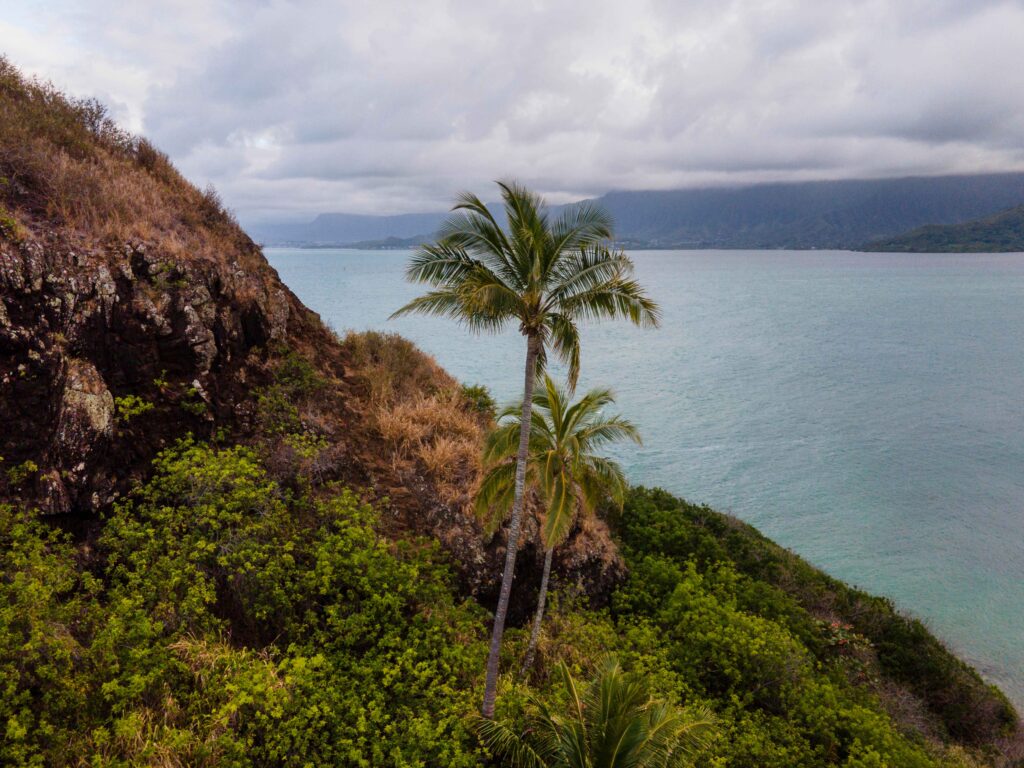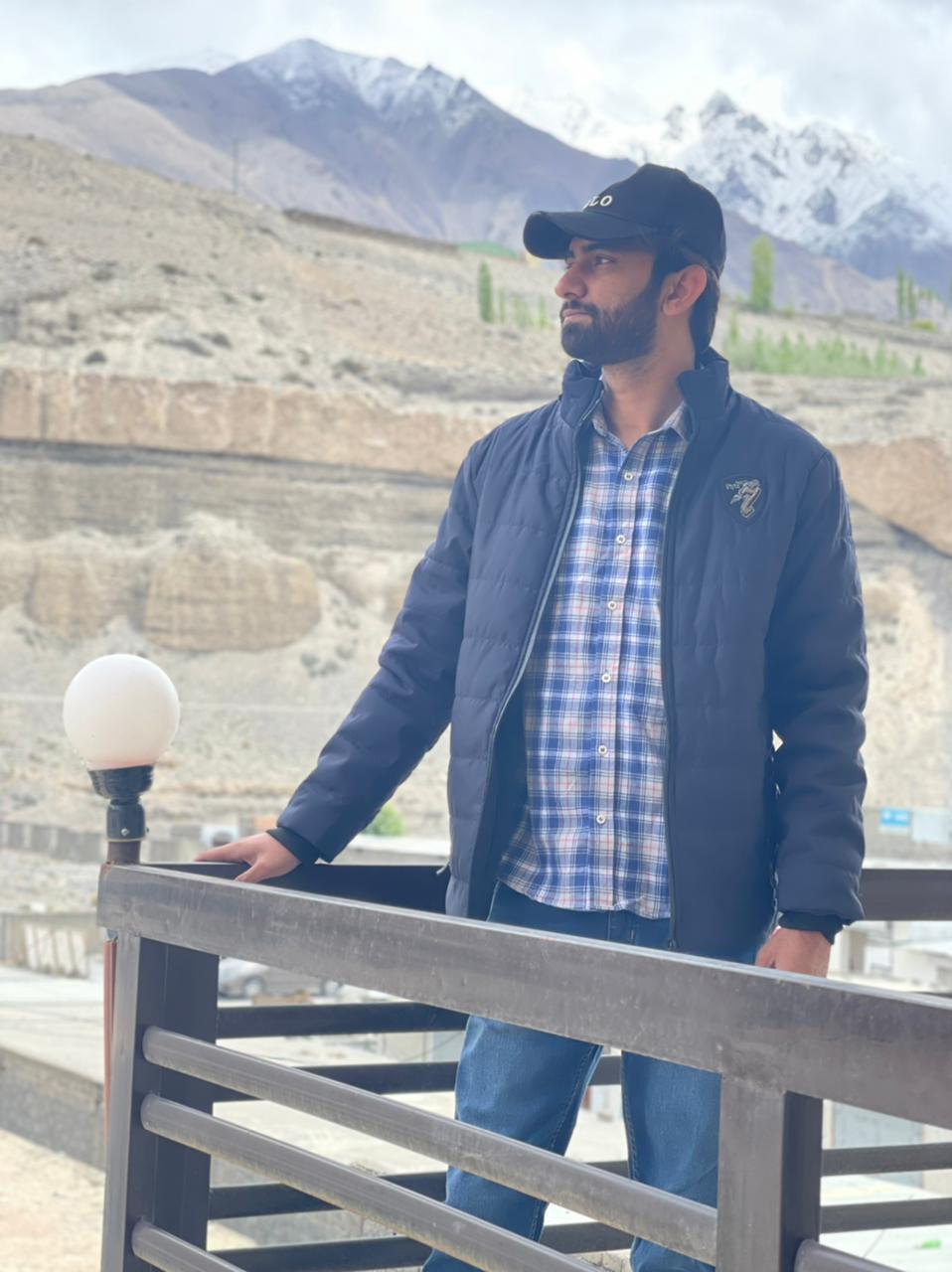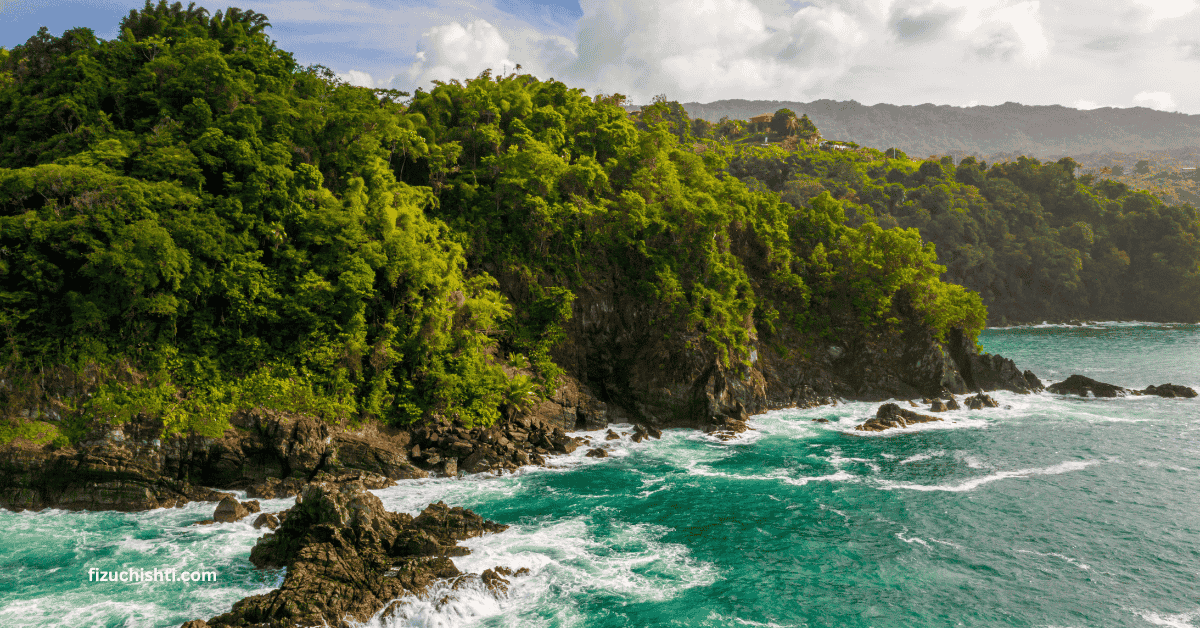Your Guide to Hidden Gems in Oceania Islands
Are you sick of the same crowded tourist destinations? Imagine a place with deserted beaches, unreal-looking blue seas, and cultures that have endured for generations. Welcome to our exclusive hidden gems in Oceania islands travel guide!
This guide is intended for tourists who have higher expectations for their trip. We’re exploring the off-beat path of Oceania islands that haven’t been discovered by mainstream tourism. Ready to explore secret islands in the South Pacific, where tranquility and adventure abound.
Why You Need These Hidden Gems in the Oceania Islands Travel Guide
Famous places are popular for a reason. This hidden gems in Oceania islands travel guide reveals why these lesser-known destinations offer more authentic experiences, better value, and memories that will last a lifetime.
- Real connection: Experience an Authentic cultural experience in Oceania, not just shows for visitors.
- Pure peace: It’s a whole beach for yourself. Listen to something other than waves and birds.
- True Adventure: This remote Oceania destination promises unique stories that you want to tell for years.
5 Top Underrated Islands to Add to Your List
Let’s explore some of the most amazing non-touristy islands that deserve your attention.
Savai’i, Samoa: The Heart of Polynesia
The largest and westernmost island of Samoa is Savai‘i, which is located in the South Pacific Ocean. The Apolima Strait divides it from Upolu to the east.
- Why it’s so famous: The island is incredibly mountainous, with Mount Silisili, its highest peak, rising 6,095 feet (1,858 meters). From the east coast at Tuasivi to the westernmost tip of Samoa at Cape Mulinu‘u, a series of volcanic craters stretches. Many plantations on Savai‘i were destroyed by eruptions in the early 1900s, but since 1911, the volcanoes have remained dormant.
- Culture at Savai’i: Savai‘i is thought to have a more traditional cultural life and is less developed than its neighbor, Upolu. On the eastern coast, Tuasivi is the main settlement. Products from the island include taro, bananas, coconuts, copra, and cacao.
Here, you can explore pristine beaches, swim in crystal-clear waters, and experience the authentic cultural experiences Oceania is known for. With its wild pigs, cattle farms, and laid-back villages, Savai‘i feels worlds away from the modern hustle of a true off-the-beaten-path Oceania island.
The Lau Group, Fiji: Fiji’s Final Frontier
The Lau Group is a group of Fijian islands located east of the Koro Sea in the South Pacific Ocean. With a mix of Polynesian and Melanesian influences, the Lau Group offers a unique cultural tapestry you won’t find elsewhere.
- Main Island: The main island is Vanua Balavu, where Lomaloma, a copra port now, once stood. The Tongan leader Maʿafu used Lomaloma as the foundation for his failed attempt to conquer the Fijian islands in 1855. Lakeba (Lakemba), the location of the first Wesleyan missionary endeavor in Fiji (1835), is the second most significant island.
- What is fascinating there: On Lakeba sits the Lau Group’s principal hamlet, the village of Tubou. The Lau Group’s people and culture integrate Polynesian and Melanesian elements to a higher degree than those of Fiji’s more western groups because of their close proximity and historical ties to Tonga.
Though historically significant and once a base for Tongan conquests and early missionary work, it remains one of the least developed parts of Fiji. Today, it’s a haven for travelers seeking non-touristy islands in Fiji, where traditional village life, untouched landscapes, and incredible seascapes await.
‘Eua, Tonga: The Island Forgotten by Time
Eua is a limestone and volcanic island in the Tongatapu Group of Tonga, which is located in the southwestern Pacific Ocean. Eua, the second largest in the group, is hilly and reaches 1,078 feet (329 meters) above sea level.
- This volcanic and limestone island, which was first seen by the Dutch explorers in the 1600s, is a shelter for lush hills, deep caves and cool villages.
- The nation of Tonga is located in the southwestern Pacific. It is made up of about 170 islands that are separated into three major groups: Vava‘u in the north, Ha‘apai in the center, and Tongatapu in the south. Niuafo‘ou, Niuatoputapu, and Tafahi (together referred to as the Niuatoputapu, or Niuas, island group) are isolated islands in the extreme north, while ‘Ata is in the far south.
Unlike the busy neighbors, the EUA is one of the underrated islands in Oceania, which is perfect for hiking, bird watching, and nature. With a small population and economy centered around agriculture and emerging tourism, it gives a peaceful return and a glimpse of Tonga’s life.
Espiritu Santo, Vanuatu: The Adventure Capital

Espiritu Santo, the largest (1,420 square kilometers [3,677 square meters) and the western island of Vanuatu in the southwest Pacific.
- Volcanoes: The volcano on the original is a mountain range running along the west coast; Tabwémasana increases to 1,879 m, the highest point in Vanuatu. The island is heavily wooded and has wide, fertile, well-watered valleys.
- Second Name: The island was seen in 1606 by Portuguese sailor Pedro Fernandez de Quiros, who assumed he had discovered Terra Australis Inignita (Latin: “Unknown Southland”) which he demanded the Spanish crown, it was called Tierra Australi Del.
- The Vibe: Australia was a word that Quiro aimed to refer to Latin Terra Australia and Spain (Austrian-German) Habsburg rulers; Aspiritu Santo is Spanish for the “Holy Spirit”. Quiro established a short -term settlement in the head of St. Philip and St. James Bay (now Big Bay).
Tourism became important in the late 1900s. Whether you’re exploring underground caves, hiking through fertile landscapes, or diving among sunken ships, Espiritu Santo delivers unique things to do in the Oceania islands that thrill and inspire.
The Cook Islands’ Atiu: The Wild Side of Paradise
Atiu, one of the southern Cook Islands, a self-governing state in free association with New Zealand in the South Pacific Ocean. It is the third largest of the Cook Islands and is also known as Enuamanu “land of birds”.
- What to explore: Its unique geography, featuring a central plateau surrounded by swampy lowlands and sharp coral reefs, makes it a fascinating place to explore.
- Why it is famous: Fertile volcanic soil and freshwater springs in the valleys allow the cultivation of citrus fruits, taro, bananas, papayas, and copra, which are exported. Coffee is also grown. Shipping is hampered by the lack of an adequate lagoon behind the fringing reef.
Atiu’s economy relies on agriculture, with exports like citrus, coffee, and copra, but it’s the island’s untouched beauty and warm community that make it one of the most secret islands in the South Pacific.
Your Essential Oceania Island Travel Tips
A little additional planning is required to visit these external sites. Here is how you can make your journey smooth and fantastic.
- Plan your journey early: Boats and flights are not run every day for these hidden gems. Order Oshinia -Island in the hope of finding routes quickly.
- Pack the patience: “Island Time” is a real thing here. The plans are relaxed, so just go with the current and enjoy the slow speed.
- Respect is important: Remember that you are a guest. While visiting the villages, wear clothes politely and always ask before taking pictures. This honor leads to the most authentic cultural experiences.
- Bring the basics: Many of these underrated islands do not have large stores. Wrap things like sunscreen, medicine, and your own snorkeling equipment.
We hope this guide inspires you to find your own hidden gem in Oceania. All, pristine sky awaits
Conclusion:
We hope this hidden gem in the Oceania islands travel guide has inspired you to explore the Pacific’s secret wonders. These secret islands in the Southern Pacific offer more than just a holiday; They provide an opportunity to contact untouched nature, experience deep and authentic cultural experiences, and create stories that are completely yours.
A little more effort may be needed to plan a trip to these remote Oceania sites, but the reward is actually a unique and individual journey. This is about acting overload for connection and planning for peace.
So what are you waiting for? Your straight, crowded sky is out there. Pack the spirit in your adventure, respect local traditions, and get ready to discover amazingly hidden gems in the Oceania Islands. Your unforgettable journey in Prashant’s heart begins now.
FAQ’s
What is found in Oceania?
Australia is the dominant nation in Oceania. The other two main landmasses of Oceania are the eastern half of the island of New Guinea, which comprises the country of Papua New Guinea, and the microcontinent of Zealandia, which comprises the nation of New Zealand.
What is the prettiest country in Oceania?
The crown jewel of Oceania’s breathtaking array of stunning islands is Fiji. Fiji is an island nation in the Melanesia area that consists of over 500 islets and 330 islands.
What is Oceania called now?
In English-speaking nations, the idea that Australia is a continent was adopted in the 1950s, replacing the 1810s term Oceania, which referred to a “great division” of the planet.
Why is Oceania no longer a continent?
The word “continent,” which means “connected land” in Latin, now refers to a vast landmass that may or may not have islands that are joined to it by an underwater continental shelf. Oceania is not a continent by this definition since there are no undersea continental shelves connecting it.
Who is the richest country in Oceania?
With more than 85% of the continent’s nominal GDP, Australia has the biggest economy in Oceania.



